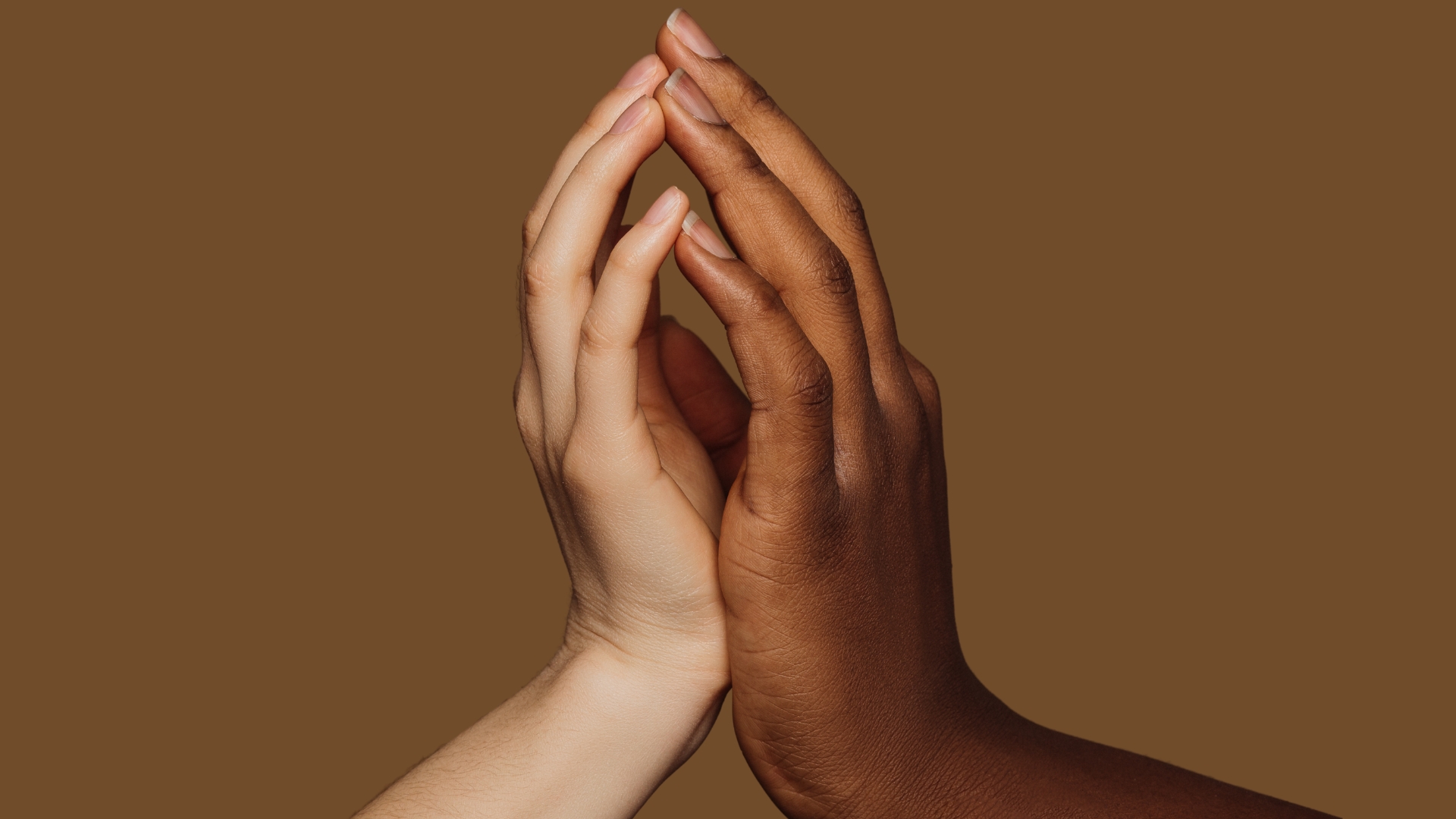As we reflect on the enduring legacy of Dr. Martin Luther King Jr., we also recognize how his vision for equality and inclusion has influenced the realm of multicultural marketing. This sphere has evolved significantly, moving towards a more authentic representation of the Black community, fostering the normalization of interracial relationships, and celebrating the increased diversity in brand representation.
However, while progress is evident, the journey toward fully realizing Dr. King’s dream continues, especially in addressing ongoing challenges like unequal representation and pay disparities.
Today, as we celebrate Dr. King and his vision for the future, we’re delving into these developments with a sense of hope and deep understanding, acknowledging both the strides made and the paths yet to be traveled.
Evolution of Representation
The shift in marketing that honors and represents the Black community more genuinely marks a significant step forward. We’ve seen a transformation from stereotypical portrayals to more nuanced, diverse representations.
Brands integrating more diversity into their marketing see increased profitability. A Numerator study revealed that 47% of consumers are inclined to purchase from diverse-inclusive brands. Additionally, 51% believe diversity in advertising positively impacts society.
As society becomes increasingly diverse, the imperative for authentic representation in advertising correspondingly grows. This evolution is not merely about increasing visibility; it’s about portraying the Black experience with authenticity and depth.
A recent study conducted by the Blavity Media Group highlights a crucial aspect of this: 80% of respondents have boycotted a brand or product due to cultural appropriation. This statistic serves as a powerful reminder that while increasing representation is commendable, brands must be cautious not to drift into cultural appropriation or pandering, as these missteps can significantly backfire and damage the brand’s reputation with multicultural audiences.
Interracial Relationships in Media
Interracial friendships and romantic relationships, once a rarity in media, have become more commonplace. Notable brands across industries, from media and entertainment to consumer packaged goods, are using marketing and advertising as an opportunity to highlight and normalize a growing trend of interracial relationships.
This shift reflects a broader social change and is crucial in normalizing and celebrating diverse relationships and breaking down long-standing barriers and prejudices.
Diversity in Talent and Branding
As society becomes increasingly diverse, with data from Brookings highlighting a significant decline in the white population share across the U.S. and a rise in minorities, especially among those under 16, it’s logical and beneficial for companies to prioritize diversity in their branding.
This trend of companies consciously selecting diverse talent for their commercials and campaigns aligns with the changing societal makeup and ensures a more authentic resonance with a broader, more diverse audience.
Celebrities of color are increasingly becoming the face of major brand deals, reinforcing this inclusive approach. Moreover, they are also finding these endorsements increasingly lucrative, often surpassing their earnings from film or other talent fees.
According to an Essence report, the influencer market, a key part of such endorsements, has seen dramatic growth – from $1.7 billion in 2016 to an estimated $16.4 billion, illustrating the significant earning potential for celebrities in this space.
However, addressing situations where diverse talent is overlooked or undervalued is crucial. A notable example is the controversy involving Jo Malone and actor John Boyega. Boyega, as a brand ambassador, created an original advert for the perfume brand based on his life and culture. Yet, Jo Malone repurposed this concept for the Chinese market, substituting Boyega with a local celebrity. This decision disregarded Boyega’s creative contribution and erased the diversity integral to the original ad, which featured a multicultural cast in contrast to the homogenous casting in the Chinese version.
Continuing Challenges
Despite a series of positive changes, challenges persist. The media and advertising industries still face issues with unequal representation and pay discrepancies between people of color and their white counterparts. These disparities highlight the need for continued effort and vigilance in the journey toward equality and fairness.
While there’s still much work to be done, the strides made in multicultural marketing offer a beacon of hope. They reflect a world moving closer to Dr. King’s vision – a world where diversity is acknowledged and celebrated.
As we continue to push for more inclusive representation and equitable treatment in all media facets, we honor Dr. King’s legacy and contribute to realizing his dream.
